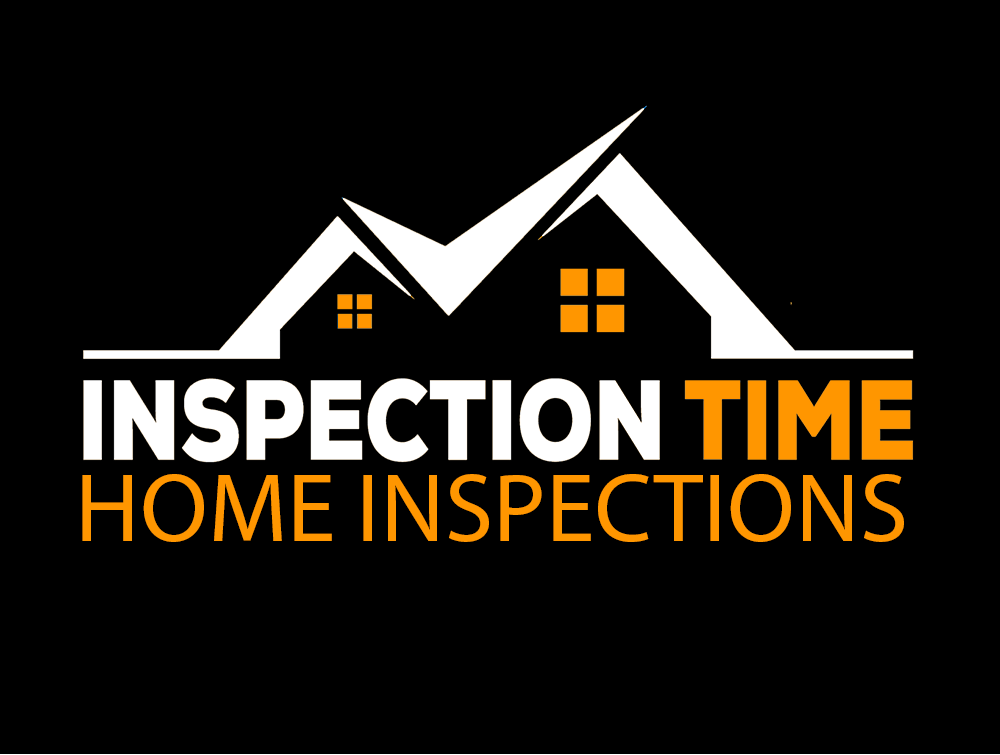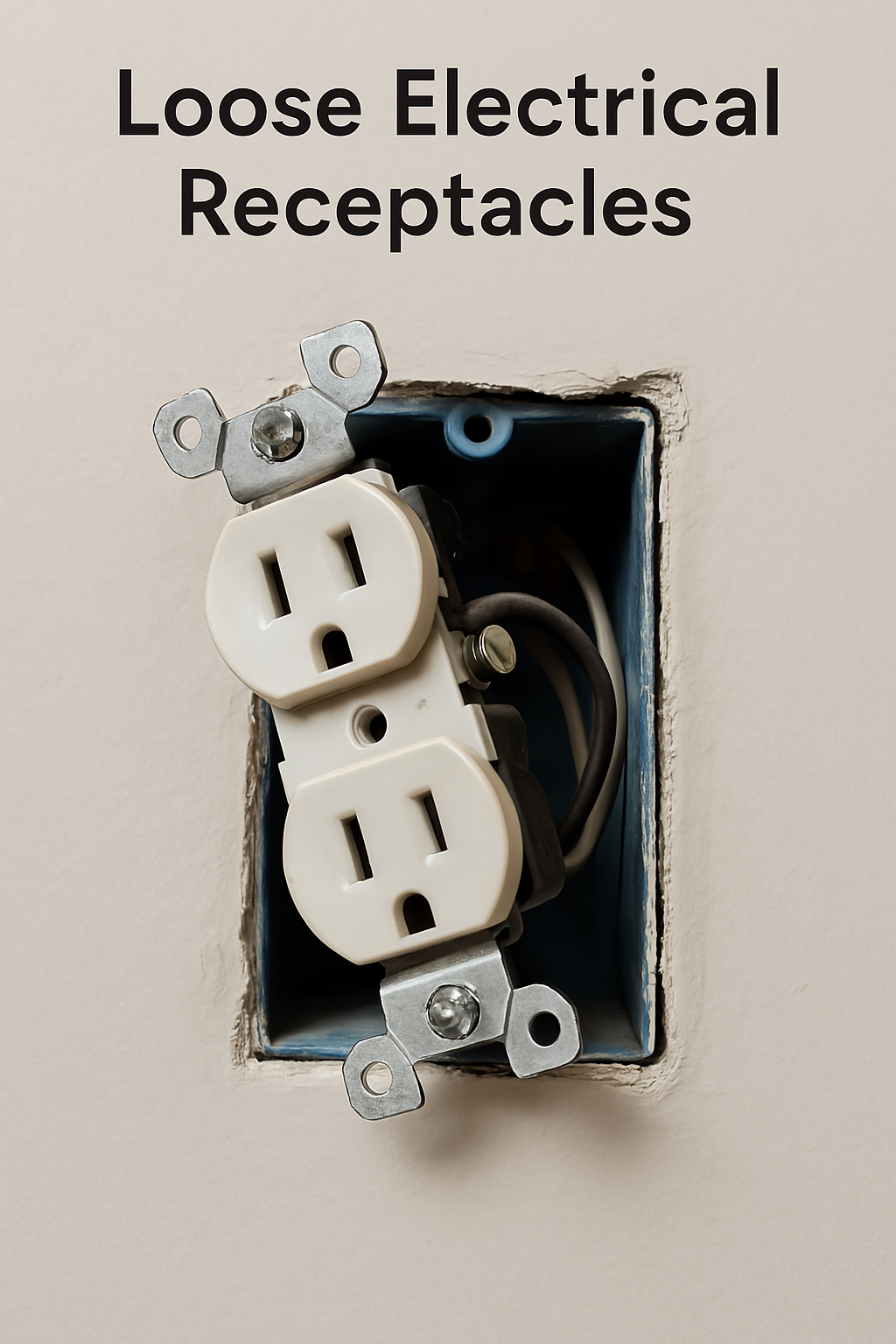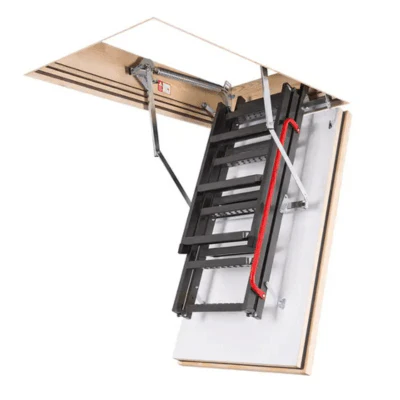Written BY CMI Aaron Davis Certified Master Inspector
Loose Receptacles | You’ve probably seen it before — you go to plug something in and the whole outlet wiggles in the wall. Maybe the plug even falls out if you don’t position it just right. It might seem like a minor annoyance, but loose electrical receptacles can be a real safety concern that shouldn’t be ignored.
What Causes Loose Receptacles?
There are a few common reasons why an outlet might be loose:
- The screws securing the receptacle to the electrical box have come loose over time.
- The electrical box itself isn’t properly secured within the wall.
- The outlet was never firmly installed to begin with — something we see more often than we should in new construction homes.
Why It’s a Problem
A loose receptacle isn’t just frustrating — it can lead to several serious issues:
1. Arcing and Fire Hazards
When a plug doesn’t make firm contact with the outlet, it can create small electrical arcs. These arcs generate heat, which can melt insulation or even ignite surrounding materials, especially in older homes.
2. Damaged Wiring
Repeated movement from plugging and unplugging devices into a wobbly outlet can strain the internal wiring. This stress can cause wires to loosen or break, creating even more opportunities for shorts or electrical failures.
3. Intermittent Power or Device Damage
Loose connections can lead to inconsistent power delivery to your devices, which may cause electronics to malfunction or suffer long-term damage.
4. Shock Risk
If the outlet moves enough that internal components are exposed or a ground connection becomes compromised, it increases the risk of accidental electrical shock.
What Should Be Done
If you notice a loose receptacle in your home, it’s best to have it evaluated and secured by a qualified electrician. In some cases, it’s a simple matter of tightening screws or adding a box spacer. Other times, more extensive work may be needed if the electrical box itself is damaged or improperly installed.
During our inspections at Inspection Time, we flag these issues and help homeowners understand the implications. It’s one of those “small things” that could prevent a much bigger problem down the road.
Bottom line: A loose outlet might not seem like a big deal, but it’s a hidden hazard that can compromise both safety and device performance. If you come across one, don’t ignore it — get it checked out before it sparks bigger problems.
🔌 Client FAQ: Loose Receptacles
Q: Is a loose outlet really dangerous, or just annoying?
A: It can be both. While it might start off as a nuisance, loose outlets can lead to arcing, overheating, and even electrical fires if not addressed.
Q: Can I fix a loose outlet myself?
A: Some minor issues like tightening screws might seem easy, but there could be hidden wiring damage or improperly installed boxes. For safety, it is recommended that a qualified electrician perform the work.
Q: How do I know if an outlet is too loose?
A: If the receptacle moves when you plug something in, or if plugs fall out easily, that’s a clear sign it’s too loose. Some clients also report devices losing power unexpectedly.
Q: Will this show up on my home inspection report?
A: Absolutely. During an inspection, we check outlets for both function and security. If a receptacle is loose, we document it along with the potential implications and recommend professional evaluation.
Q: Is this common in newer homes?
A: Yes, surprisingly. We often find poorly secured outlets in new construction, usually due to rushed work or improper mounting. It’s one of the many reasons inspections matter — even in brand-new homes.




